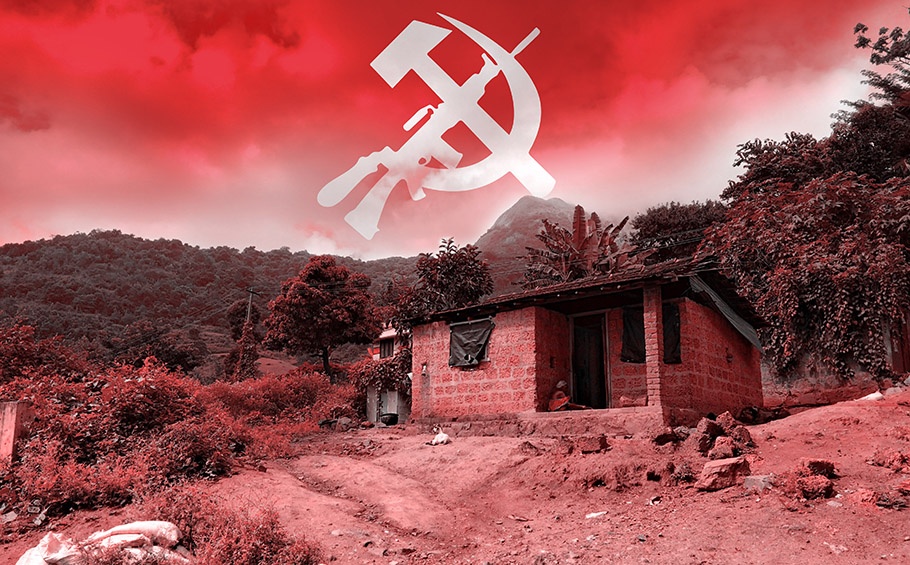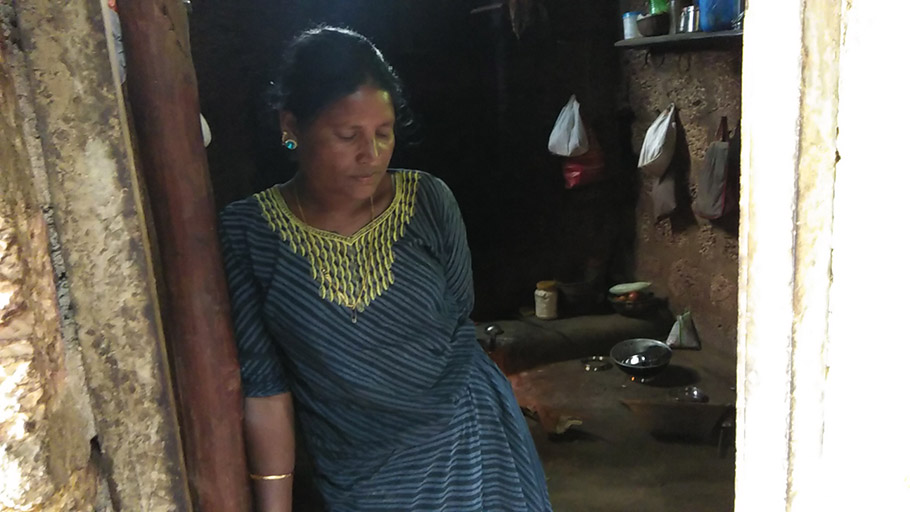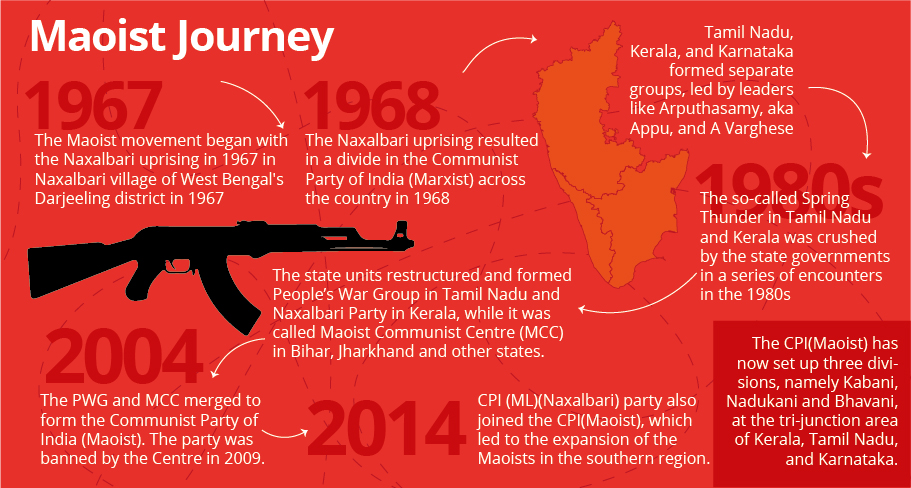
- Home
- India
- World
- Premium
- THE FEDERAL SPECIAL
- Analysis
- States
- Perspective
- Videos
- Sports
- Education
- Entertainment
- Elections
- Features
- Health
- Business
- Series
- In memoriam: Sheikh Mujibur Rahman
- Bishnoi's Men
- NEET TANGLE
- Economy Series
- Earth Day
- Kashmir’s Frozen Turbulence
- India@75
- The legend of Ramjanmabhoomi
- Liberalisation@30
- How to tame a dragon
- Celebrating biodiversity
- Farm Matters
- 50 days of solitude
- Bringing Migrants Home
- Budget 2020
- Jharkhand Votes
- The Federal Investigates
- The Federal Impact
- Vanishing Sand
- Gandhi @ 150
- Andhra Today
- Field report
- Operation Gulmarg
- Pandemic @1 Mn in India
- The Federal Year-End
- The Zero Year
- Science
- Brand studio
- Newsletter
- Elections 2024
- Events
- Home
- IndiaIndia
- World
- Analysis
- StatesStates
- PerspectivePerspective
- VideosVideos
- Sports
- Education
- Entertainment
- ElectionsElections
- Features
- Health
- BusinessBusiness
- Premium
- Loading...
Premium - Events

Caught in the crossfire: Inside Kerala's Attappadi hills, days after Maoist 'encounter'

An eerie silence pervades the sprawling forests of Attappadi hills in Kerala’s Palakkad district. In nearby Mele Manjikkandi, fear seems to have gripped the tribal villagers following the contentious “encounter killing” of four suspected Maoists here on October 28. “Three men and a woman were killed less than 2 km away from our village,” says Siruvan, a tribal villager. The...
An eerie silence pervades the sprawling forests of Attappadi hills in Kerala’s Palakkad district. In nearby Mele Manjikkandi, fear seems to have gripped the tribal villagers following the contentious “encounter killing” of four suspected Maoists here on October 28.
“Three men and a woman were killed less than 2 km away from our village,” says Siruvan, a tribal villager. The Maoists, Siruvan suspects, failed to hear the sound of police troops approaching them as they were caught right in the middle of two waterfalls. “Whatever be the reason behind the armed struggle by Maoists or the reason for the police to kill them, the killings have left us deeply shaken,” adds Siruvan.
Not too long ago
The villagers of Mele Manjikkandi had hardly seen any government officials in the area until 2017, when cadres belonging to the People’s Liberation Guerrilla Army of the proscribed Communist Party of India (Maoist) visited the village for the first time.
“It was sometime in 2017. Around 20 people holding guns landed in our village. They told us they wanted some food to eat. But since it looked impossible for one family to cook and feed all 20 of them, we asked them to visit one house each and have food,” says K Valli, a villager.
Valli clearly remembers the “gun-toting women wearing Army-like green uniform”. “They looked both intimidating and surreal — straight out of movies. We had seen such guns only in movies. And when we told them this, one of the women smiled and let us touch her gun and see it for real.”
When they were leaving, Valli says, everyone in the village including her, thought that the rebels weren’t coming back. “Our village headman had warned them not to come again,” she adds.

Of course, that wasn’t the last time. “They would often come to the village but not in groups anymore. Two or three people, including women, would come to the border and send a message through someone in the village asking for food. Women would give cooked rice, sometimes uncooked… whatever we had, without the knowledge of the men at home,” says Deiva, another villager.
Two years and several meals later, Valli now feels caught between two fires — the Maoists and the police. She is suddenly scared of the forests and rather prefers to remain confined in her dark, dank hut. “Now we don’t even want to graze our cattle in the forests,” she says.
Siruvan, who often used to go and fix the main water pipeline that runs through the forests, says the villagers are now forced to fetch water from downhill as no one feels safe going there. “We have a pipeline from the forest region to supply water to the fields and houses here. It often needs some repair work because of the movement of wild elephants in the forest. But, now no one wants to go there. We all are scared of getting caught in police firing,” Siruvan says.
It is not just Siruvan. Almost every villager now fears entering the forest.
Between the devil and the deep sea
Apart from the fear of getting caught in the middle of a gunbattle, the villagers are also wary of police questioning. “It was only when they (Maoists) visited our village for the first time that they asked us to join their movement against the government. Although we understood they were talking about our rights, we made it clear to the Maoists that we weren’t interested in joining them. Yet, the police keep asking us about them,” says Murugan, another resident.
“We have no clue about the Maoists. The only thing we know about them was that they all spoke in Tamil to us. They seemed well-educated and also spoke English. One said he was a doctor, another woman said she was a lawyer. They asked us to join them to get education. But once we refused to do so, they never tried to brainwash us,” Murugan says, adding that it is the police who are now harassing the innocuous villagers.
But a few people in and around Manjikkandi village, who mostly collect roots from the forest and sell them locally, fear a possible attack from the Maoist side.

“We did not hear much (firing) noise on the first day of the encounter and initially thought it must be someone bursting crackers. But the next day, we heard more more noises and later came to know about the encounter,” says Kandhan.
“It feels sad to know that human lives have been lost. But what if their (Maoists) friends are waiting in the same forest to take revenge and kill policemen. We are scared of getting caught in a gunbattle between the police and Maoists,” says Kandhan.
Over the years, following frequent visits by suspected Maoists to the Adivasi villages in the forest region, security personnel — including the anti-terror squad, local police and the forest department officials — have been keeping a close watch on the activities of villagers.
Mukkali village, the base camp of the Silent Valley National Park, fears the return of a similar vigil. In 2014, Maoists had vandalised a forest range office and set ablaze a jeep here.
Under scanner
“It was a time when the Maoists had started their campaign vigorously and made frequent attacks on police. After they vandalised the forest office near our village, police officers started to target us, asking for clues on the Maoists’ movements,” says R Veeramani, a resident of Mukkali.
Tribal villagers of Anavay and Karuvara hamlets too seem to be in a state of panic following the news of the “encounter” that spread like wildfire in the area. These hamlets are closer to the forest area, which is reportedly frequented by Maoists for food and other provisions.
“Initially, we wanted to inform the police about their visits. But after talking to them, we decided not to do as they did no harm to us. However, the effects of their visits were felt after the police and anti-terror squad personnel started grilling people who go to the forest to collect firewood and other plants,” says C Velan, a resident of Anavay.
“After the recent encounter in Mel Manjikkandi, we fear that police would target us again,” Velan adds.
While most of the tribal people The Federal spoke to say they “understand” what the Maoists are “fighting” for, none of them seem to be aware of the Maoist demand for land rights for the tribal people and their protests against the stone quarries in the region.
“They never talked much about environment and land rights issues. They told us about the prevalent unemployment among the Adivasi communities and the need for education. I did not know anything about land rights and quarry issues,” says A Mathi from Mele Manjikkandi.
Talking about the Maoist struggle, a former rebel and chairman of Porattam (an organisation committed to Maoist principles), VM Ravunni says the fear among the Adivasis is understandable. “We know that the police force would do it (target villagers). But it is the responsibility of the Maoists to build a movement within the Adivasis, who can work with the people and eradicate the doubts and fear among them,” Ravunni says.
Personnel of Kerala anti-terror squad posted in the Attappadi region admit they do not have any other option but to ferret out information on Maoists from the tribals.
“We do combing operations as part of patrolling without knowing their area of presence. So it becomes easy for them to find us, before we can trace them. If we get a tip-off about their presence in a particular region, it helps us track them down,” says a sub-inspector posted in the locality. He, however, vehemently denied harassing villagers.
“We don’t harass people. We never badger innocent people. We don’t question them unless we have an inkling that they have some inputs,” he adds.
Also read | Why South’s red corridor has more Naxal cadre from Tamil Nadu
However, a former Maoist who was arrested earlier and is now out on bail, insists that it is the drug peddlers and wildlife ‘enthusiasts’ who often misguide the police.
“These drug peddlers who sell ganja (cannabis) in the locality put the blame on Maoists and try to divert police attention. They set the police after Adivasis, saying the villagers know about the movement of Maoists,” says the former Maoist.
The police, of course, don’t agree with the theory. “It is Maoists who are selling ganja to people in and around Attapadi for raising funds for their armed movement,” claims a police officer privy to investigations into Maoist activities in the area.
While such exchanges — both gunshots and verbal blame game — continue, it’s people like Valli who find themselves caught in an inextricable situation. “We don’t know whom to fear more — the Maoists or the police. They both have guns and say they are fighting for us.”
